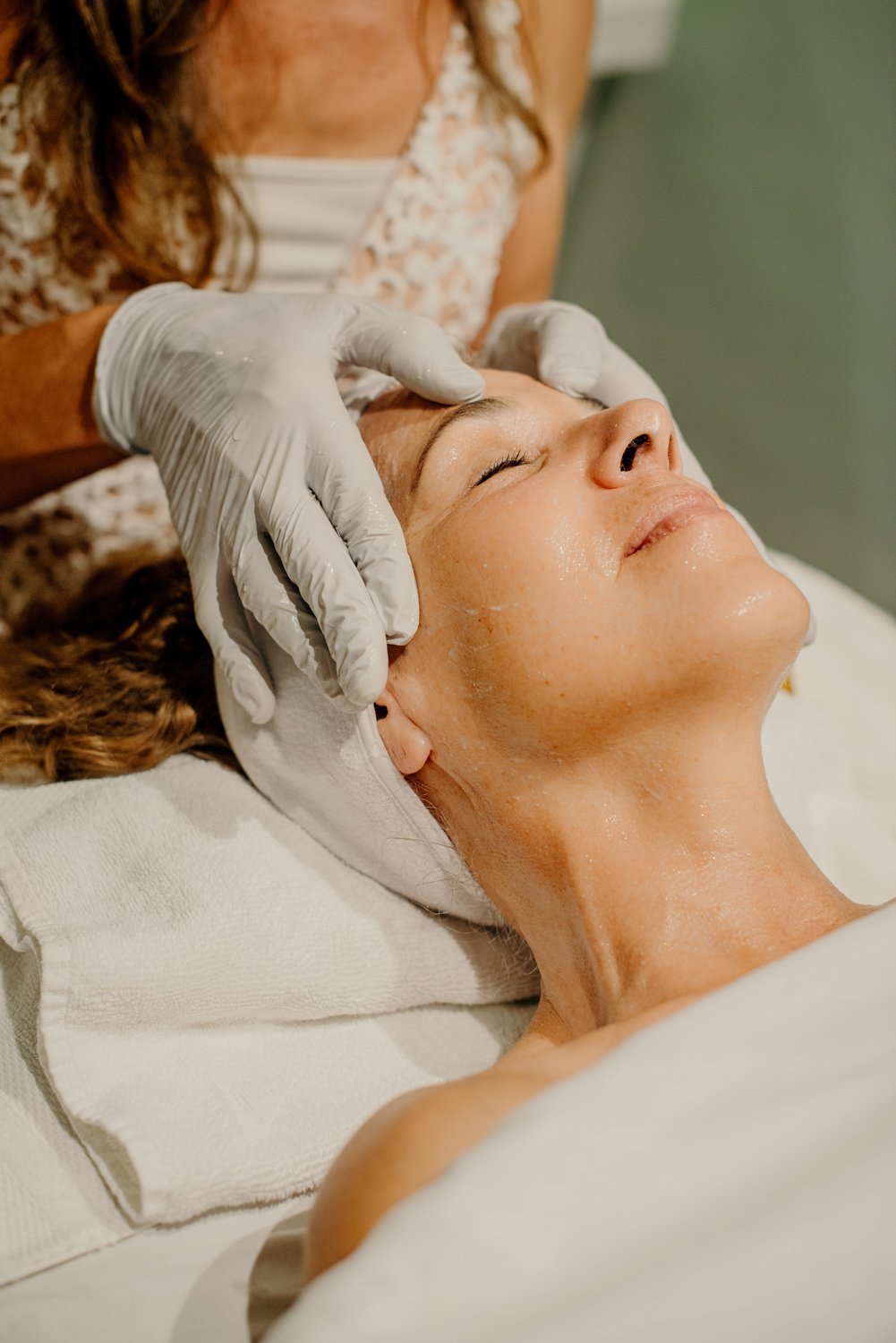
Welcome to Paradise Beauty
A Trusted Name in Kauai Beauty Since 1998
Our Services
Refresh your glow with customized facials, targeted med spa treatments, body treatments, waxing, nails, make-up, wedding services and microblading. If you confused about what service to choose for your goals we are happy to give you a consultation.
About the spa
Opened 1998, Paradise Beauty offers facials, med spa services, and nails located in the historic and charming town of Kapaa on the island’s east side, set amidst cafes, shops and galleries.
For over 27 years, Liz has made it her mission to provide our clients with cutting edge beauty technology, products and services.
Client love
Your best skin starts here
Book your complimentary consultation so we can get to know your skin and recommend what will truly work best for you.
Either call the spa or book online via the button below.











